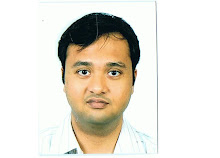Karma Yoga Conditioning
A fourth state is called active meditation, or 'Karma Yoga Conditioning'. The difference between active meditation and action is that in active meditation, actions occur with a simultaneous state of awareness, due to which action is not peformed mechanically based on past patterns or motives of attaining desired results. The actions are guided by awareness, real time. The guiding force for action is not our will, motivation, or past conditioning, but awareness that we are receiving 'REAL TIME' that relates to the action that we are currently performing. We retain the high level of awareness even while performing actions physically, which is typically attainable only during meditation while not performing any actions physically.
Karma Yoga conditioning is a form of exercise that we undertake in order to provide us with sufficient force to carry us throughout the day while performing only inspired actions, without falling prey to the 'inertia' of actions that are mechanical and devoid of insipration and creativity.
When we condition ourselves through active meditation, we open ourselves up to the fifth state of 'Karma Yoga' itself.

